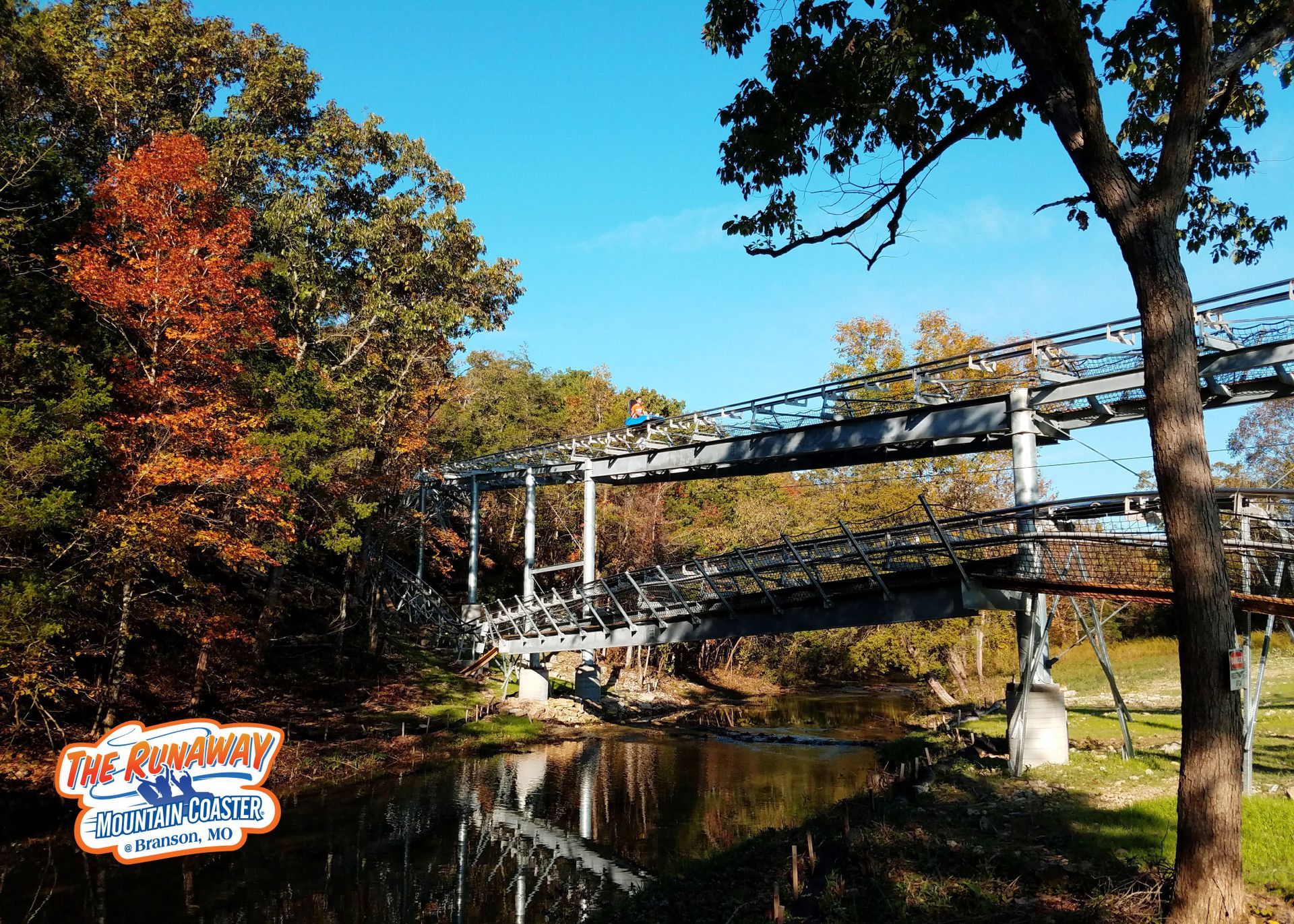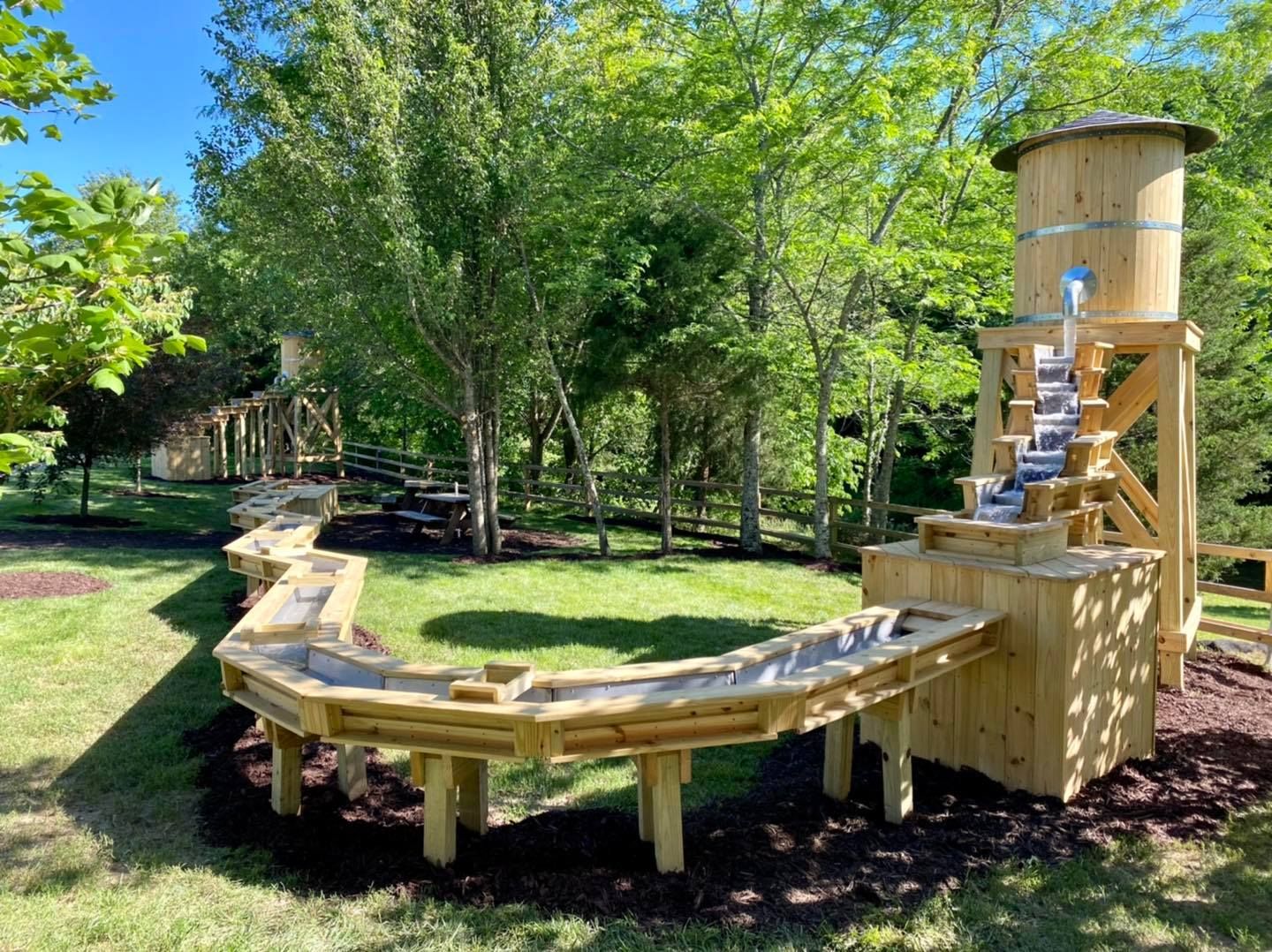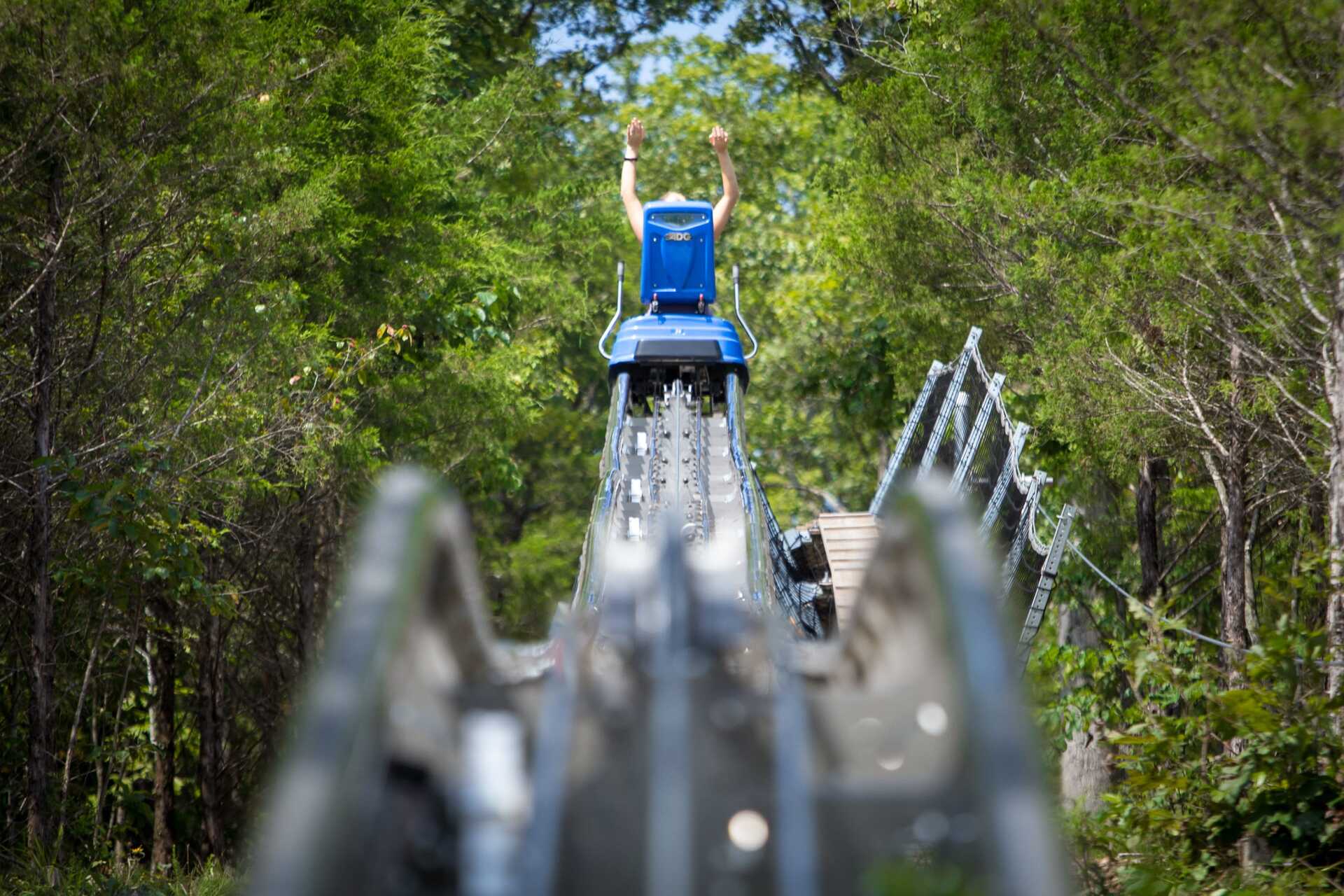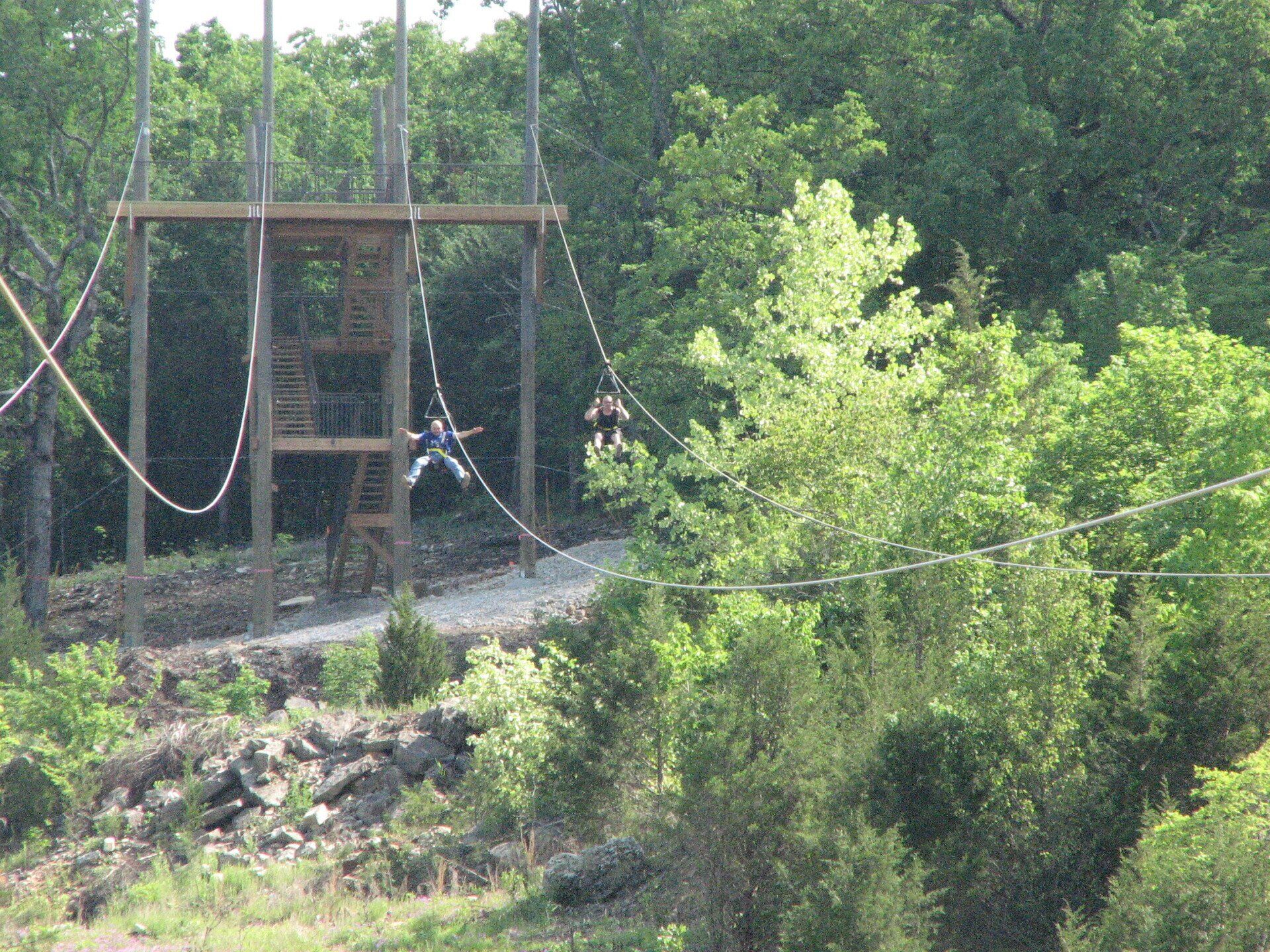Why Do We Love Roller Coasters?
Some people, particularly thrill-seeking extroverts, prefer roller coasters because they experience the physical sensations of terror while knowing they are safe on some level. The thrill of a rollercoaster may differ from the thrill of extreme sports when the anxiety and risk of danger are very genuine.
Most children like being swung through the air from an early age. Surprisingly, this type of movement aids in developing your inner ear, the body's internal gyroscope that allows you to recognize your position. The mountain coaster in Branson is one example of why people love roller coasters.
People adore roller coaster rides because they make everyone utterly insane. When you visit amusement and water parks, you may wonder why we enjoy rides so much. According to research, individuals like to ride insane roller coasters that flip and spin them in every way for various reasons, including the freedom to scream, the thrill, and the new and thrilling experience.
Roller coasters, according to the study, are all about deceit. While it may appear that you're traveling at a thousand miles per hour and dropping a drop the size of the world, several factors contribute to this essentially deceptive experience. In a car, 80 mph is not unusual, but some of the world's scariest and fastest roller coasters do not reach this speed. Riding on roller coasters is entirely safe because it simply travels at the rate of gravity.
Most roller coasters are made up of peaks and valleys with twists and loops to make the ride more exciting. When the coaster is dragged up the first hill, it expands its "potential" energy. During a thrilling ride on the mountain coaster in Branson, your body is pushed, tugged, twisted, spun, and even left weightless for a brief period. All of this is accomplished as the coaster's forces interact with gravity.
You're plummeting into space for the rest of the voyage. As a result, each succeeding hill is smaller than the first. You would only have enough momentum to climb over the next hill if you did. The potential energy of the coaster is transferred to "kinetic" fuel as it falls.
You are pushed or pulled off the seat and pads that hold you in position each time your body is redirected via a twist or turn. Depending on your perspective, these fluctuations in force (together with the magnificent countryside flying by) make the trip exciting or sickening.
Your inner ear is stimulated while your body is tossed around, which can cause dizziness. Your internal organs, which prefer the downward force of gravity, are also being jostled. When you shoot to the top of a hill or swoop down the track at a sharp angle, this gives you the sensation that your stomach is in your throat.
Roller Coasters have grown so popular among both children and adults because they capture that element of arousal and since it is so strongly associated with the physical sensations that we get from them, providing us with an emotional experience through the excitement of the roller coasters.
People's emotions are continuously in flux on a ride, ranging from intense excitement, delight, joy, and happiness to terror, horror, and sometimes boredom. The critical thing to remember about excitement is that it is not an emotion in and of itself. It is a shift in feelings. There's a delicate line between having fun and being afraid and feeling you're having fun while still being threatened.
However, in the entertainment industry, there is an implicit understanding, an unsaid pact between those who want amusement and those who give it. Those who visit amusement parks remark, "I want to be challenged, and I want to be pushed to the limit, but I trust that as part of this arrangement, it will eventually keep me safe."
Some people want stimulation more than others. You can examine the personality qualities of people who enjoy going to theme parks and riding roller coasters. Marvin Zuckerman, a professor at the University of Delaware, is regarded as the father of thrill-seeking.
He grouped sensation-seeking into four distinct dimensions. The first is thrill-seeking, which has much to do with rollercoasters and other high-adrenaline activities. Another type is experience-seekers, who enjoy unconventional experiences such as theater, circus, and magic.
The third is disinhibition, which allows those who want to scream on a rollercoaster. The fourth one is tolerance to boredom, which is an excellent trait to have, especially if you're going to queue for an hour to ride a two-minute rollercoaster.
When you ride the mountain coaster in Branson, you will not only feel the thrill of such an exciting ride but also have a one-of-a-kind experience as you observe the beauty of nature.











 by
by